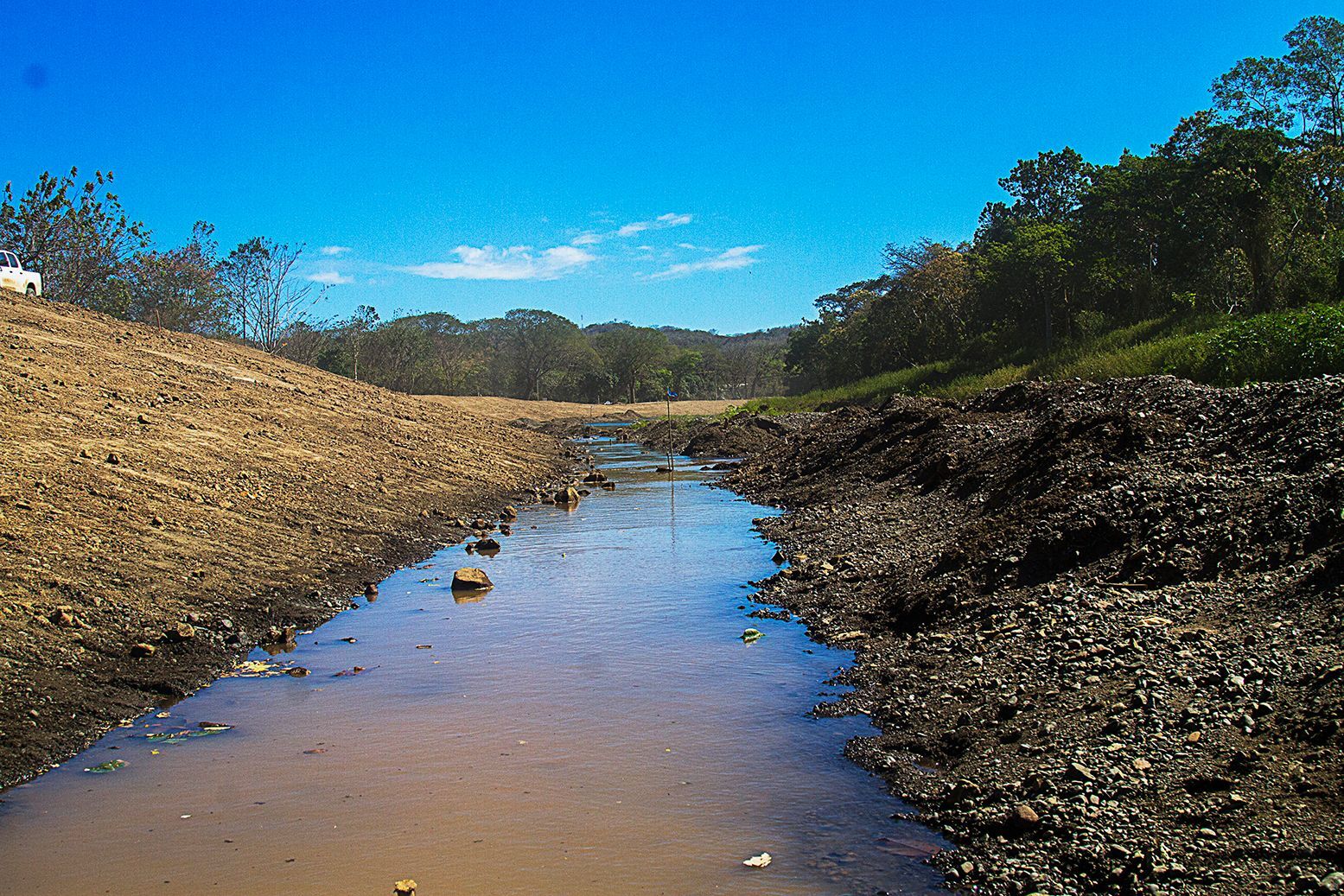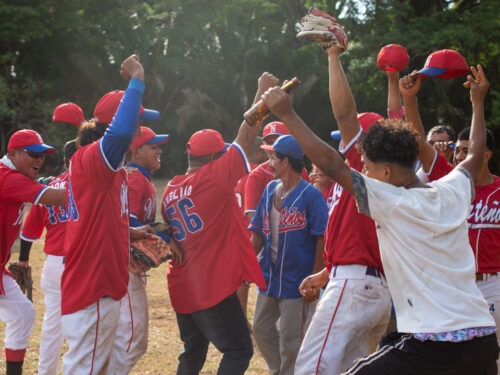
The waters at the mouth of the Nosara River show a high amount of bacteria related to feces, which cause gastrointestinal illnesses. This was discovered by monitoring done by the Wildlife Conservation Association (WCA) between February 2020 and March 2021.
The organization studied the quality of the river’s water for 37 weeks and detected the presence of fecal coliforms, bacteria from human and animal feces, in at least 56% of the tests done. With these organisms present, consuming the water or using it for recreational purposes isn’t recommended.
Fecal coliforms can cause skin, eye and ear infections in people who swim in contaminated water, according to information from the Ministry of Health. When ingested, they can also cause the flu, fever, or diarrhea.
According to the Costa Rican Institute of Aqueducts and Sewers (AyA) quality standards, water for recreation, like beaches and rivers, is of poor quality if it shows 240 or more colonies of bacteria per 100 milliliters of water. More than half of the tests done on the river exceeded this amount.
The WCA also analyzed two sections of Guiones Beach, the Baker’s Beach entrance and the main entrance. Although the presence of bacteria was also detected in the ocean water at both points, the amount is much lower. Only 5.4% of the tests at the main entrance failed the coliform test and in the case of Baker’s Beach, it was only 2.7%.
Biologist Vanessa Bezy, the principal investigator of the study, affirmed that the difference in the quality of both types of water lies in the fact that these types of bacteria don’t survive for long in salt water.
There may be much more than what we are measuring, but since it is ocean water, we can’t determine it exactly,” the scientist said.
The Ministry of Health determines that a beach must be closed when its waters exceed 1,000 colonies of fecal bacteria per 100 milliliters. Although this isn’t the case in Nosara currently, Bezy didn’t rule out the possibility that those who get into the water at the river or the beach could get sick.
In addition to the effects on humans, the researcher mentioned that the contamination could also cause “red tides,” a disproportionate growth in algae that takes oxygen away from other species of marine biodiversity.
The Voice of Guanacaste requested an interview with AyA’s water affairs manager in the Chorotega region. However, the press department affirmed that the issue of water in Nosara is being discussed in an inter-institutional commission with the National Groundwater, Irrigation and Drainage Service (SENARA for the Spanish acronym) and the Ministry of Environment and Energy (MINAE) and indicated that MINAE is the spokesperson for the issue.
We sent a series of questions to MINAE, but we didn’t receive a response by press time.
How do fecal bacteria get into rivers and oceans?
Research by the Technological Institute of Costa Rica (TEC) indicates that there are several factors that cause this type of bacteria in recreational water, such as population density and lack of planning in aqueducts.
Bezy’s theory is similar. When analyzing an estuary located meters from the beach and from inhabited properties in Nosara, the team detected “very high counts” of fecal contamination. According to her, it’s likely that there are households pouring their sewage into the water formation. In the rainy season, the estuary connects with the beach and the polluted waters reach the ocean in that way.
The water treatment systems in Nosara are not adequate. The houses have a poorly made or damaged septic system that floods the land around the septic tank during the rainy season, overflowing and letting the poop out. All of this is carried by the rain to the estuary and eventually to the ocean,” Bezy specified.
The same thing may happen in the case of the Nosara River, the scientist said.
It’s a very large basin with many buildings and houses nearby, with a lot of agriculture and human activity. This increase in people and buildings may be polluting directly,” Bezy stated.
How can this be reversed?
Currently, Nosara doesn’t have a regulatory plan that determines the necessary conditions for the use of septic tanks. Even so, the researcher affirmed that they are talking with AyA and the Municipality of Nicoya to update the septic system manuals. However, the idea is under discussion.
That’s why she believes that property owners in town should be “more aware” of their water treatment systems. The researcher recommends planting a bioplanter with vetiver plants so that the plants absorb the nutrients on the ground when it rains to prevent them from reaching the sea that way.
Another suggestion is that neighbors pay to have a diagnostic done of the tanks on their properties to determine the real condition of the pipes on the properties.
The WCA launched a questionnaire to help you assess your wastewater treatment system. You can put yourself to the test by clicking here.
Next year, the team will conduct more studies to identify other contaminating microorganisms in Nosara’s waters. If you want to donate to the investigation, you can do so at this link.







Comments